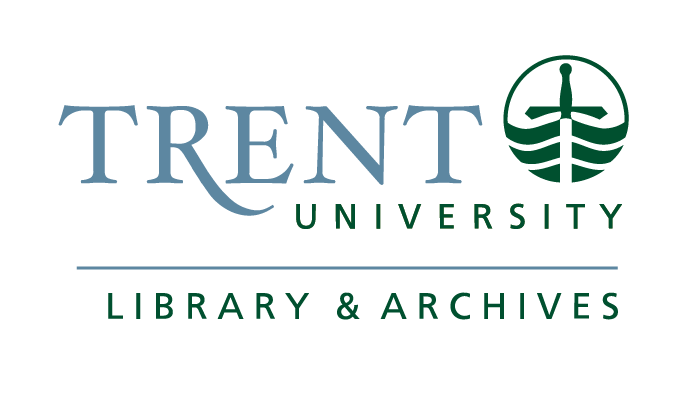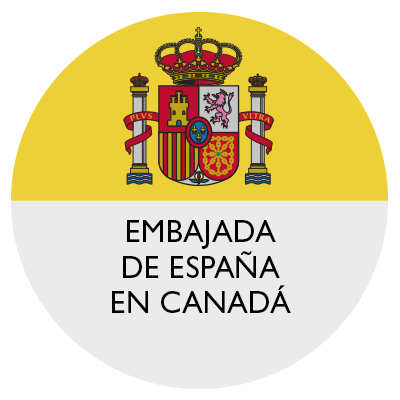Heinrich Himmler Visits Spain
By 1939, the ties between Germans in Spain, Nazism, and the regime of General Franco had grown very close. Sofindus, which became a holding company for all German government-owned mines, companies, and properties in Franco’s Spain, was created in 1938. This economic penetration was equaled by the massive expansion of German intelligence operations, which were carried out with the complete acquiescence of Francoist officials. By 1938–1939, KO-Spanien, the military intelligence detachment in Spain, had become one of the Abwehr’s largest foreign operations.
The Sicherheitsdienst (SD) – the Security and Intelligence Service of the SS – was also heavily engaged in Spain, and the Gestapo similarly became involved. Gestapo chiefs posted in Spain acted in an extraterritorial capacity without being subject to Spanish authority. They occupied important commercial posts and spied on individuals, especially Germans, perceived as hostile to the National Socialist regime. In 1941, some seventy-five hundred Germans were resident in Spain. It is estimated that by 1944–45 that number had grown to twelve thousand: a small group involved in business and other activities since the 1920s or earlier; a significant number who came during the Spanish Civil War for either military or business purposes; and a large number sent during the World War II for military intelligence, diplomatic and cultural relations, and economic reasons.
Between 1933 and 1939 a major transformation occurred within the German colony in Spain, which resulted in a new situation where almost every German was impacted and affiliated with the Nazi Party. The Francoist government and military were quite open about their support for the Hitler regime, and they invited high-ranking Nazi and fascist officials across Spain and treated them to gala dinners, medals and praise-filled speeches in which the Fascist and Nazi struggle was described as a seamless continuation of the Francoist Crusade. Spanish translations of Nazi propaganda magazines and pamphlets were distributed throughout the country.
Heinrich Himmler toured Spain in October 1940, officially to discuss police cooperation between the two states, but he was accompanied by a large entourage that visited cathedrals and other sites across the country. On the 20th, he arrived in Madrid and participated in a parade along streets lined with the Nazi swastika flag. He attended a bullfight in his honour, the poster for which is shown here. Reportedly, Himmler told bullfighter Pepe Luis Vásquez that he found the spectacle to be too cruel for his taste. Himmler’s visit concluded with a meeting with the Caudillo.
DM







